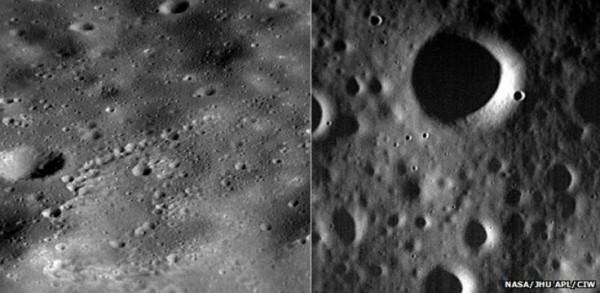NASA Messenger mission comes to an end, crashes into Mercury
After ten years in space, NASA's Messenger probe purposefully crashed on Mercury. The probe spent four years in a strictly elliptical orbit, using boosts of power from its engine every couple of months, before it finally ran out of fuel. After orbiting Mercury 4,104 times, NASA decided to purposefully crash the probe into the planet's surface using a string of precisely modeled manuevers. When Messenger finally crashed, it hit Mercury at 8,750 mph (14,000 kph) which is about 12 times the speed of sound on earth.
Originally, the probe's primary mission was to orbit Mercury for a single year; Messenger clearly surpassed its goals. The probe sent back over 270,000 images and over 10 terabytes of research data. Due to the probe's observations, scientists found evidence indicating that water is still buried in polar craters and the planet's magnetic field has shifted to be off-center from the axis by 10%. Messenger also confirmed that the planet's circumference has shrunk by 4.3 miles over the last 4 billion years.
Messenger's impact on the planet will leave a lasting scar on the planet in the form of a large crater. Mercury lacks a dense atmosphere around the planet, so there is no way for the spacecraft, or any incoming object, to incinerate before impact. NASA carefully orchestrated the crash, swinging the probe around the planet for a few ultra-low flybys before skimming the probe along the surface at an oblique angle. Despite the shallow trajectory, the 513 kg probe's crater should be about the size of a swimming pool on Mercury's surface.

These are two of the last images received from Messenger, relaying precise details of Mercury's pock-marked surface. The probe crashed on the dark side of the planet, so it was out of contact in the mast moments of its descent. Messenger's final images could not be transmitted back to earth and will remain unseen.
Source: BBC
